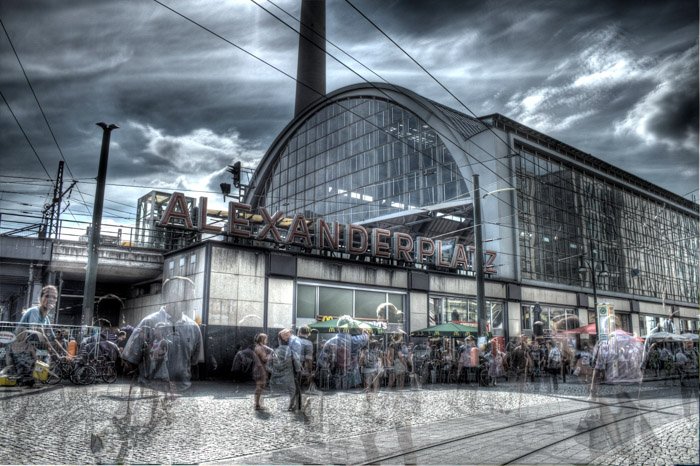

After each one, select the current one, then shift select the last one and launch the LRTimelapse Sync Keyframes script. If you work with Masks (Gradients), please don’t create new ones – always use the predefined Masks that LRTimelapse created. You can change any tools you want ( with few exceptions).
#Lrtimelapse shift click how to
In the Expert Tips Tutorial #7 I explain how to do more sophistiated syncing. You can speed up the reading process by setting the Filter to “Speed up LR!”.Īdvanced tip: please do not use copy/paste or the native synchronize in Lightroom at least not, if you include Gradients/Masks.
#Lrtimelapse shift click full

If you imported with the LRTimelapse-Importer (the sequence is not yet in the Lightroom catalog):.There are to scenarios to make sure this happens: Bring your sequence to Lightroom and make sure the XMP-Metadata that LRTimelapse wrote gets applied.This is also explained in the Holy Grail Tutorial. The thick cyan curve gives you an idea about the natural luminance transition. If you want, for a sunset you can let it fall a bit and for a sunrise you can let it raise a bit. Use the Rotate/Stretch sliders to rotate the orange curve in order to get it as close to the horizontal middle line as possible.The orange curve shows the compensations that the Holy Grail Wizard calculated for the camera adjustments. The Holy Grail Wizard button will be enabled, just click it and an orange curve will get calculated to compensate the Holy Grail camera adjustments.Sequences shot with the “Holy Grail” approach:.Note: for Sequences shot with the “Holy Grail” approach, the wizard will create two orange triangular keyframes for each change in ISO, Shutter-Speed or Aperture. By dragging the slider you can easily create more or less keyframes. Keyframes will mark the images, that you are going to edit manually – the develop-settings for all other images will be calculated automatically by LRTimelapse.

Launch the Keyframes Wizard, it will automatically create some keyframes based on an automatic analysis of the luminance progression.

#Lrtimelapse shift click mac
On Mac it will be always the CMD Key instead of Ctrl. JPG/TIFF/PNG sequences can be used, if you convert them to DNG with Lightroom first. The Visual Workflow offers Holy Grail leveling, visual previews and visual deflicker. Holy Grail sequences will automatically be detected by evaluating the exif-data. This is the workflow that you will be using, if you shoot RAW (you should). It works for any RAW sequence, holy Grail or not. This is the “Swiss Army Knife” in LRTimelapse.


 0 kommentar(er)
0 kommentar(er)
